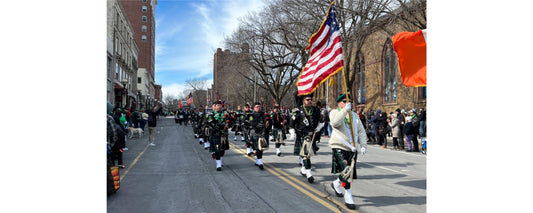Once upon a time, decades before wireless internet and smartphones and out-of-control digital surveillance by the National Security Agency, phone lines were actual lines, and wiretapping meant tapping into real wires.
* * *
Back then, if you were determined to wiretap somebody, the first thing you’d do is have the local telephone company install a new phone line at your soon-to-be surveillance den. The second thing you’d do is replace the stock telephone at the end of your new line with a “pulse recorder.” That device would allow you to receive and record electronic transmissions passing over the line; it would also tell you the phone numbers being dialed from other lines connected to yours.
sponsored by
Which brings us to the third and final major step required to set your tap: physically connecting, or “cross-connecting,” your line with the target’s. You could do it at the switch box near the mark’s phone, but it’d be better to do it at the telephone company’s central “frame,” where both of your lines would already rest in close proximity—and where everyone else’s would, too, giving you a lot of flexibility in choosing subsequent targets.
Indeed, that’s how the New Haven Police Department, at times with help from agents of J. Edgar Hoover’s FBI, performed thousands of extrajudicial wiretaps from the late 1960s until 1971, mostly targeting perceived political radicals—including, most notoriously, activists protesting the city’s national news-making Black Panther trials in 1970. The existence of the police department’s surveillance program was hidden from the public until January 1977, when reporter Andrew Houlding broke the story in a series of five articles for the New Haven Journal-Courier.
The revelation caused an immediate outcry, in public and private. A mere three days after the first article published, the city’s Board of Police Commissioners voted to launch an official inquiry; one week later, it hired M. Mitchell Morse as its lead investigator. Less than five months after that, Chief of Police Biagio “Ben” DiLieto—who, in interviews given during the course of the investigation, both denied and admitted to authorizing wiretaps—resigned. Nearly seven years later, with a resuscitated DiLieto then serving his third consecutive term as mayor, the city agreed to pay $1.75 million to settle a lawsuit brought by more than 1,200 wiretapping victims.
sponsored by
Judging by the official documents and transcripts, Morse and his #2, Charles Sturtevant, were excruciatingly thorough. For one small example, it would have been sufficient merely to include basic technical information establishing the functionality of the pulse recorder the department had used to conduct its wiretaps. In what seems like attention to detail for its own sake, Morse also saw fit to have its circuitry diagrammed (pictured above) and included in the investigation files.
For a more consequential example, during examinations, Morse—who tended to handle the wilier, more resistant witnesses—was unnervingly methodical, slowly and patiently chipping away at convenient cover stories and strange, seemingly ad hoc failures of memory. Making a lie seem credible is tougher than usual in the face of hundreds of incisive and responsive questions, posed one after another.
After Morse’s exhaustive preliminary investigation convinced the Board of Commissioners to move ahead with public hearings, Morse was soon granted subpoenas for implicated members of both the NHPD and FBI, several of whom fought tooth and nail to quash them. Later, in an offshoot case before the state supreme court, James Ahern et al. v. City of New Haven et al., “former police officers of the New Haven police department” who had performed wiretaps attempted to establish retroactive immunity, arguing that “state indemnity statutes” ought to protect them “against claims of civil rights violations alleged to have occurred prior to the date of the enactment of the indemnity statutes.” The court rejected that notion.
If public accountability and self-policing mechanisms of the federal government today were as effective as New Haven’s were then, a transparent investigation of the NSA would have gotten rolling within days of the publication of the documents leaked by Edward Snowden.
Instead, it’s years later, and our collective eyes are still rolling. But it doesn’t have to be that way. The proof’s in New Haven’s past.
Written and photographed by Dan Mims. This lightly updated story was originally published on January 31, 2014.









